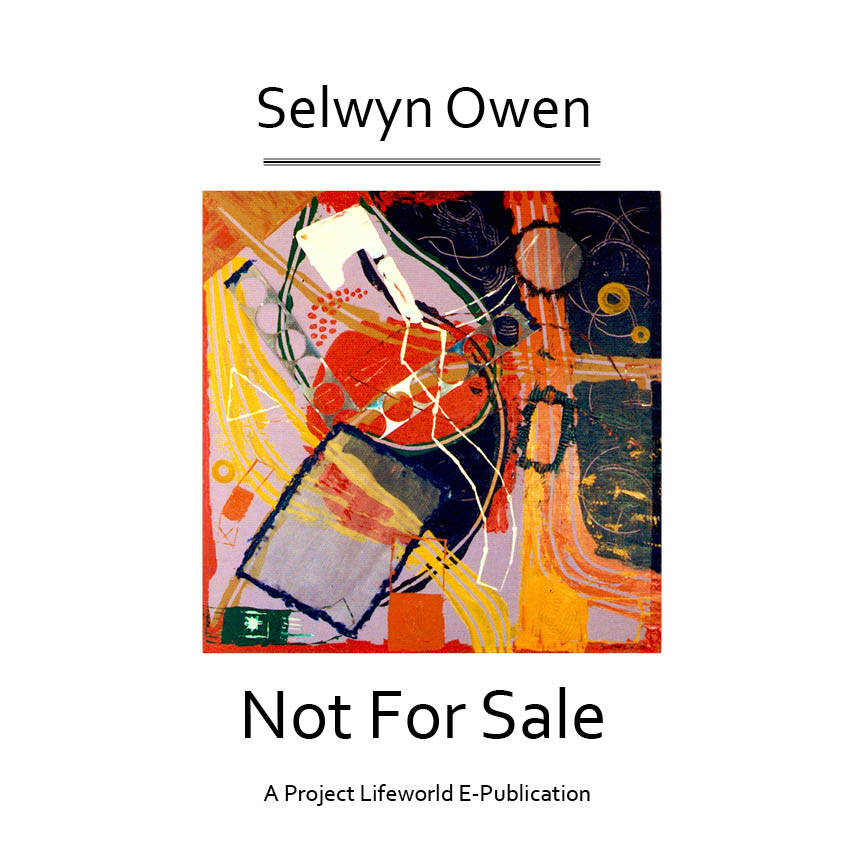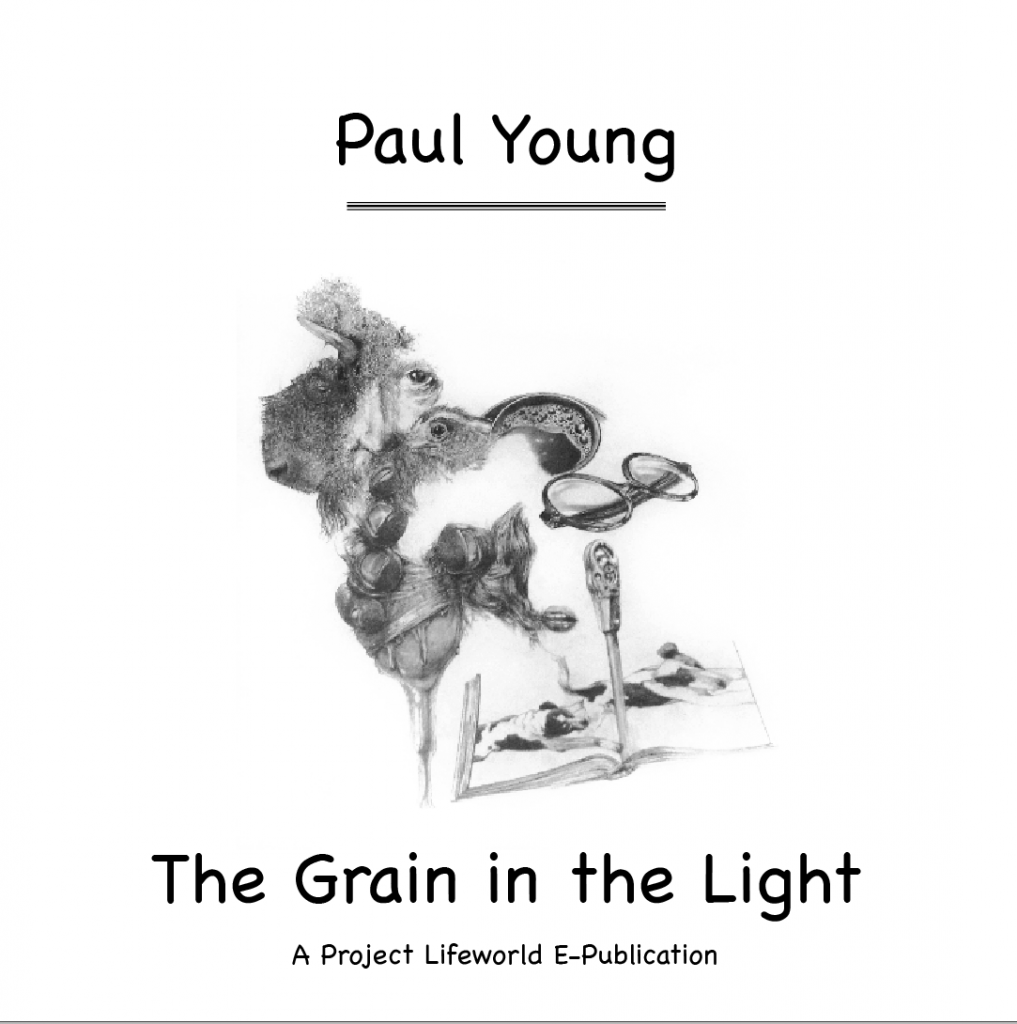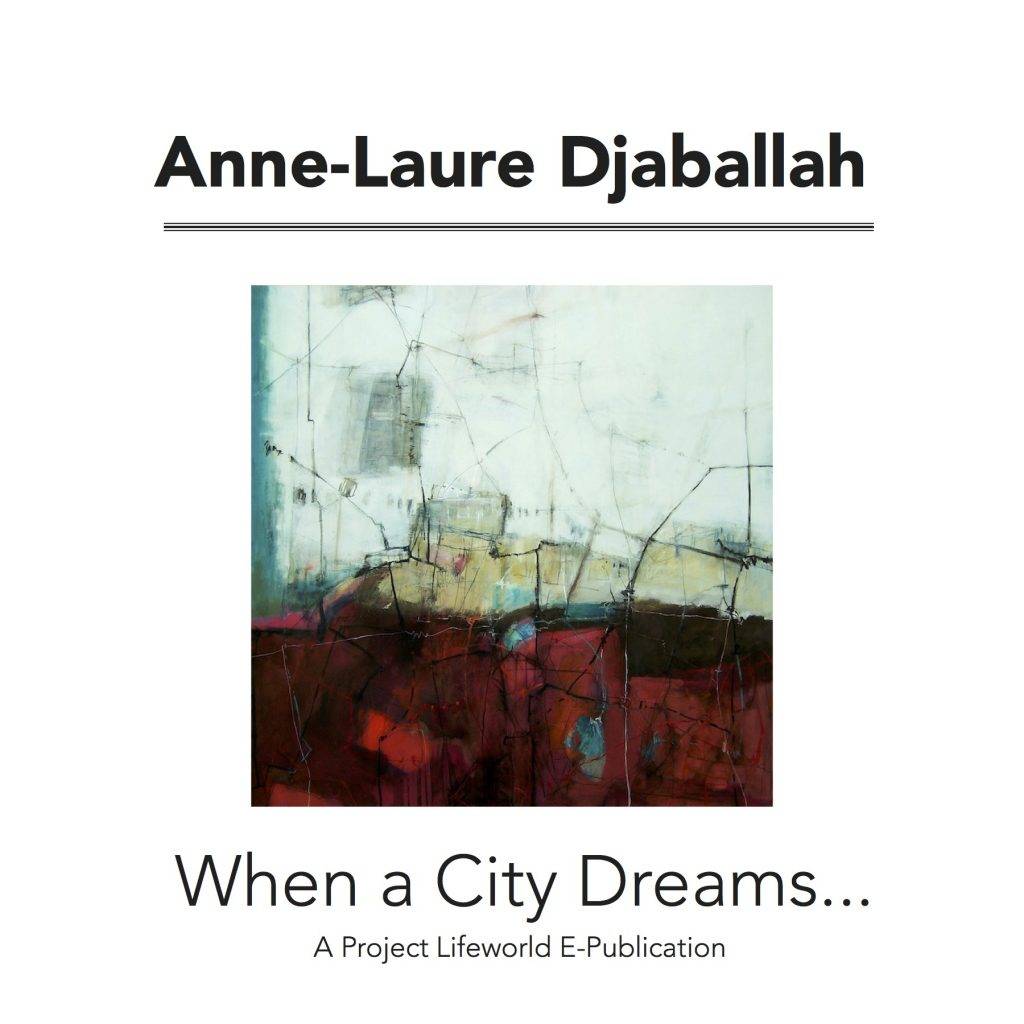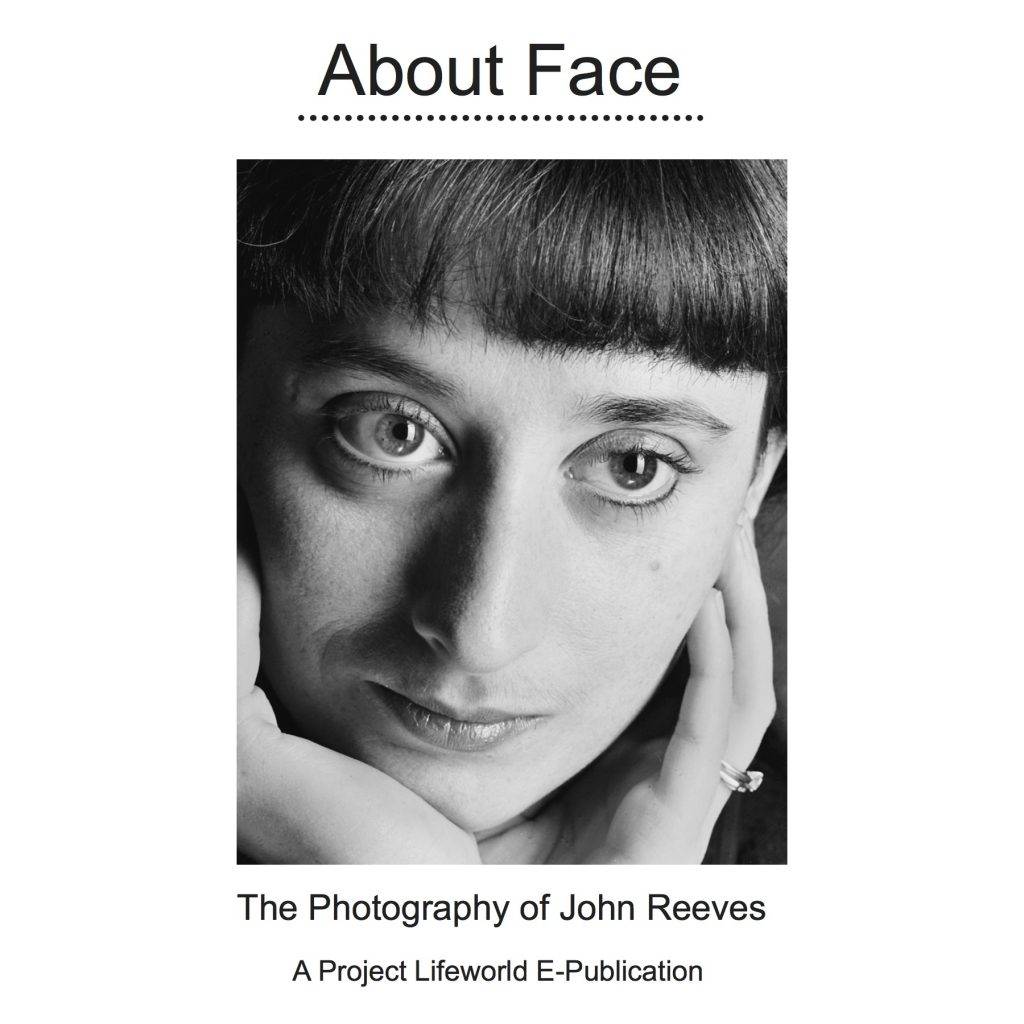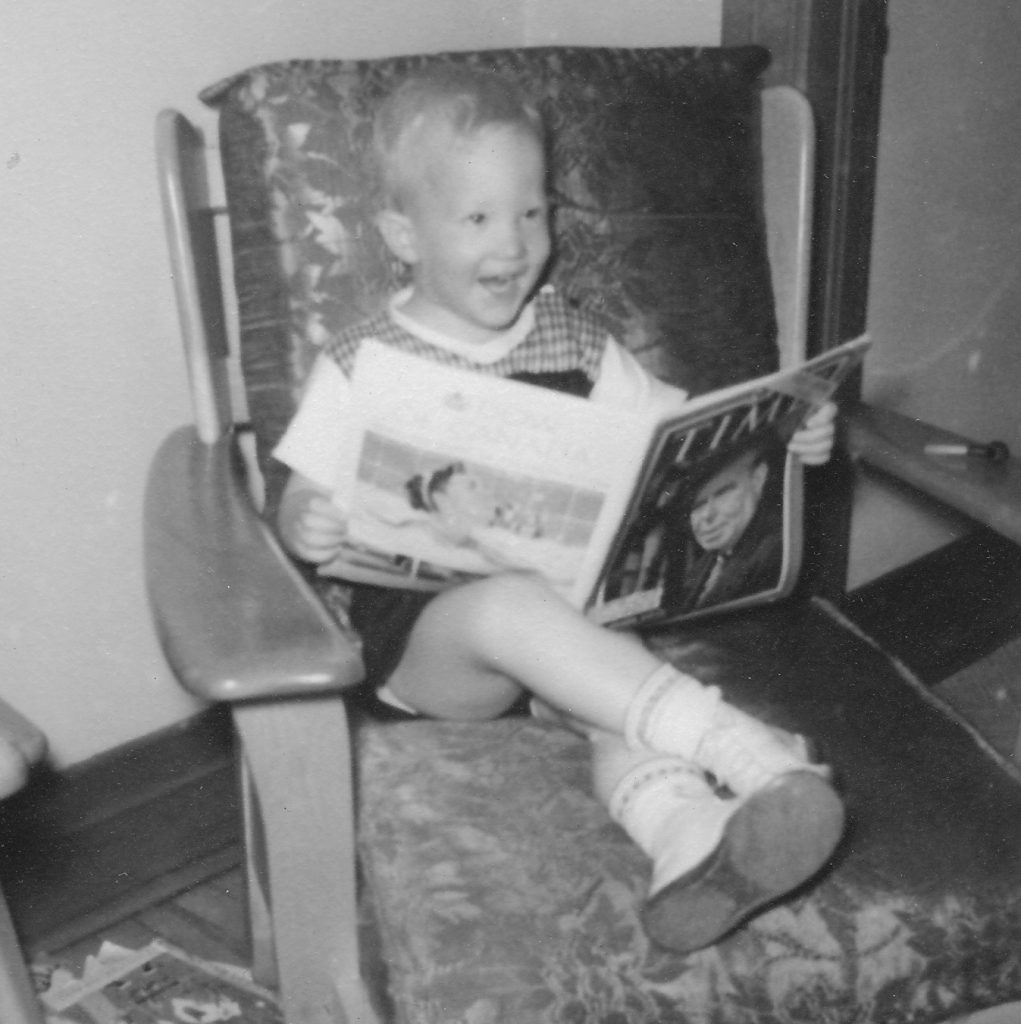These publications are intended to complement the Lifeworld Image documentaries of the same name by offering the artists’ work in static visual form. This electronic media extension of the programs in question is partly based on an enduring love of the book as a medium, but is also intended as an inquiry into the nature of e-publishing itself, replacing ink on paper with pixels on a screen and how this practice might transform how we see the world as it appears anew to us, lit from behind as it were.
One of the fundamental assumption is that the printed page, in any medium, provides a significantly different experience for the viewing subject, allowing both eye and mind to see and think and feel outside of the temporal constraints of our mass mediated existence. In the end it seems only fitting that the art produced in static two dimensional form be allowed to rest once more, if only for a moment, in its original state, a repose transfixed between millennia of traditional knowledge and practice and the ambitions of virtual representation and dissemination.
Having turned his back on the art establishment at an early age, acting out his youthful resentment of authority fueled by a deep suspicion regarding the nature of critical acclaim, the artist chose to focus on his work and to follow his intuition as it found expression in his canvases and other artistic projects of his daily life.
Working mainly in groupings or series of paintings which sometimes took years to fully realize their final expressive potential, the artist remained studio-bound in order to dedicate himself to redefining a vision of the world and humanity communicated in terms of the emotional contingencies of encounter and introspection.
Intently aware that the practice of drawing itself had been relegated to an inferior expressive status mainly because of technological innovations such as photography and commercial imperatives in the expressive arts, Paul Young has, throughout his career sought to reclaim the position of prestige once accorded to the practice of fine drawing, as a legitimate and necessary form of cultural expression, which, when practiced at the highest level, yields a distinctiveness of vision unavailable in any other medium.
Ever searching for the transformative catharsis of vision unconstrained by fashion or convention, Paul Young has focused, throughout his career, on three major sources of inspiration for his work, namely the human body, animals and nature itself, submitting each to the unremitting rigors and demands of their own essences.
In her work, Anne-Laure balances an intuitive vision with a more rigorous structured approach to produce works that are at once strangely foreign and hauntingly familiar. Much has been said about the influence of environment – the urban landscape in particular – on the early moments of her project. What will come of these intuitions over time remains not only to be seen – but felt in the deep mnemonic manner that the work itself seems to demand of its viewers.
John Reeves has lived and documented, in his own words, “the cultural beat” of the country, photographing musicians, artists and writers towards whom he has always felt a deep affinity and a passionate interest. Acting almost as if they were the visual memory of his generation, Mr. Reeves’ collections of images of musicians, artists and authors have found their way in book format as well as gallery exhibits which are now the staple of many Canadian institutions, including the National Archives of Canada, the Canadian Museum of Contemporary Photography and the Art Centre at the University of Toronto.
Each publication contains one or more essays on the artist or her work, offering commentary and reflection in support of the works themselves. These texts have been assembled for download in the archival section of this site.
